After the great catastrophe of World War I, statesmen, generals, and scholars gathered to redraw the map of the world. One scholar who came to New York City to help with the United States postwar planning was well prepared to anticipate the responses to the disruption. Frederick J. Teggart had just published Prolegomena of Historywhich had established him as one of America’s rising historical theorists. His book identified intrusions, disruptions and catastrophes as the main cause of historical change. His model opposed the discredited theory that society was always progressively evolving toward better times.
Before World War I, social evolutionists claimed that the world was progressively getting better and better. They claimed that social problems, economic scarcity and superstition were giving way to enlightened social and economic policies based on scientific knowledge. In intellectual circles the idea of progress was triumphing. In popular culture a rampant boosterism promoted various schemes to wealth and happiness. These prophets of the existential smile were smitten by the huge destructiveness of World War I. In The Great War and Modern Memoryhistorian Paul Fussell itemized the checklist of embittered, disillusioned optimists.
Teggart had had no illusions that were shattered by World War I. He had lived through the 1906 Great Earthquake as a librarian at the Mechanics Institute in San Francisco. Through his studies of the history of California, he had discovered that immigrants had brought continual disruptions that allowed new innovations in social life to arise.
In particular Teggart came to believe that the end points of trade routes such as those in the cities of California or New York City meant that discrepant ideas and multiple peoples were thrown against the status quo, crumbling the cake of custom and habit and forcing responses. He found that there were four main responses in such situations: rejection of the disruptions in favor of reinstituting the status quo; fleeing the invaders or new ideas; dissolution; or a creative synthesis of the old and new into social innovations that eventually resulted in the establishment of a new status quo.
After the 1906 Great Earthquake, Teggart and his intellectual friends were hopeful that the destruction of San Francisco would lead to a qualitative leap in ideas and religion accompanied by a new utopian vision of the city. It didn’t happen: San Francisco was rebuilt pretty much along the lines of the pre-earthquake city, i.e. the status quo was reasserted.
A migration of people can also create a disruption in old habits and customs, setting the stage for conflict or creative adaptations. In New York City one response to the vast wave of immigrants and African Americans into the city was to flee to the suburbs, particularly once the interstate highway system was built. The fleeing itself was hugely disruptive. At one point the fleeing was so large in the 1960s and 1970s that the city threatened to dissolve. However, New Yorkers responded to the chaos by producing new intellectual, political and religious innovations to rebuild the city.
New York City itself has long been the Disruptor City because it is the terminus of great waves of immigrants, migrants, ideas and social movements. The clash of the new guys with the establishment has produced secular and religious intellectual innovations.
In his July 7th column, New York Times‘ David Brooks mulled over how this collision takes place between creative pairings within an individual’s own consciousness:
“Creativity rarely flows out of an act of complete originality. It is rarely a virgin birth. It is usually the clash of two value systems or traditions, which, in collision, create a transcendent third thing. …
Shakespeare combined the Greek honor code (thou shalt avenge the murder of thy father) with the Christian mercy code (thou shalt not kill) to create the torn figure of Hamlet. Picasso combined the traditions of European art with the traditions of African masks. Saul Bellow combined the strictness of the Jewish conscience with the free-floating go-getter-ness of the American drive for success. …
When you see creative people like that, you see that they don’t flee from the contradictions; they embrace dialectics and dualism. They cultivate what Roger Martin called the opposable mind — the ability to hold two opposing ideas at the same time.
If they are religious, they seek to live among the secular. If they are intellectual, they go off into the hurly-burly of business and politics. Creative people often want to be strangers in a strange land. They want to live in dissimilar environments to maximize the creative tensions between different parts of themselves.”
One New York City sociologist who brought this perspective to bear on modern society was one of Teggart’s protégés, Robert A. Nisbet of Columbia University. In his Social Change and History Nisbet wrote that fundamental change is not a development along predictable paths guided by smart elites or the cunning of history. Rather, change is like New York: it is messy, unpredictable, often with radically quick turns executed by the intense clash of ideas and peoples mixed together into one city. And, of course, not all of the innovative activity is very positive for the city.
Another scholar influenced by Teggart, the founder of American urban studies Robert Park, even identified certain areas where the mix was most intense and determined the destinies cities. Marginal men, hobos, crooks, artists, new immigrants and migrants, Park believed, brought an outsider’s perspective that was somewhat independent of the status quo of central city elites. For example, in the United States immigrants win a very large share of Nobel Prizes for science. Park called this area in which the migrants and immigrants first settled, “Zone 2” or “the Zone of Transition.”
Wherever there are fast growing “Zone 2s,” there will likely be increased levels, at some point, of the planting of new worship sites, religious innovation, religious joining and switching. The beginning of the expansion of “Zone 2s” seems to be the optimal time to start up a journey through religions.
In New York City Zone 2’s would be the Lower East Side, Williamsburg and Greenpoint in the 19th Century and, now, the gentrifying neighborhoods, the areas alongside the #7 subway line, the South Bronx and other immigrant/migrant settlements. However, the Zone 2 areas diffuse into so many areas that New York City could be called “the Zone 2 City.”
+++++++++++++++++++++++++++++++

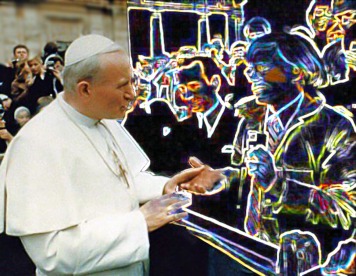
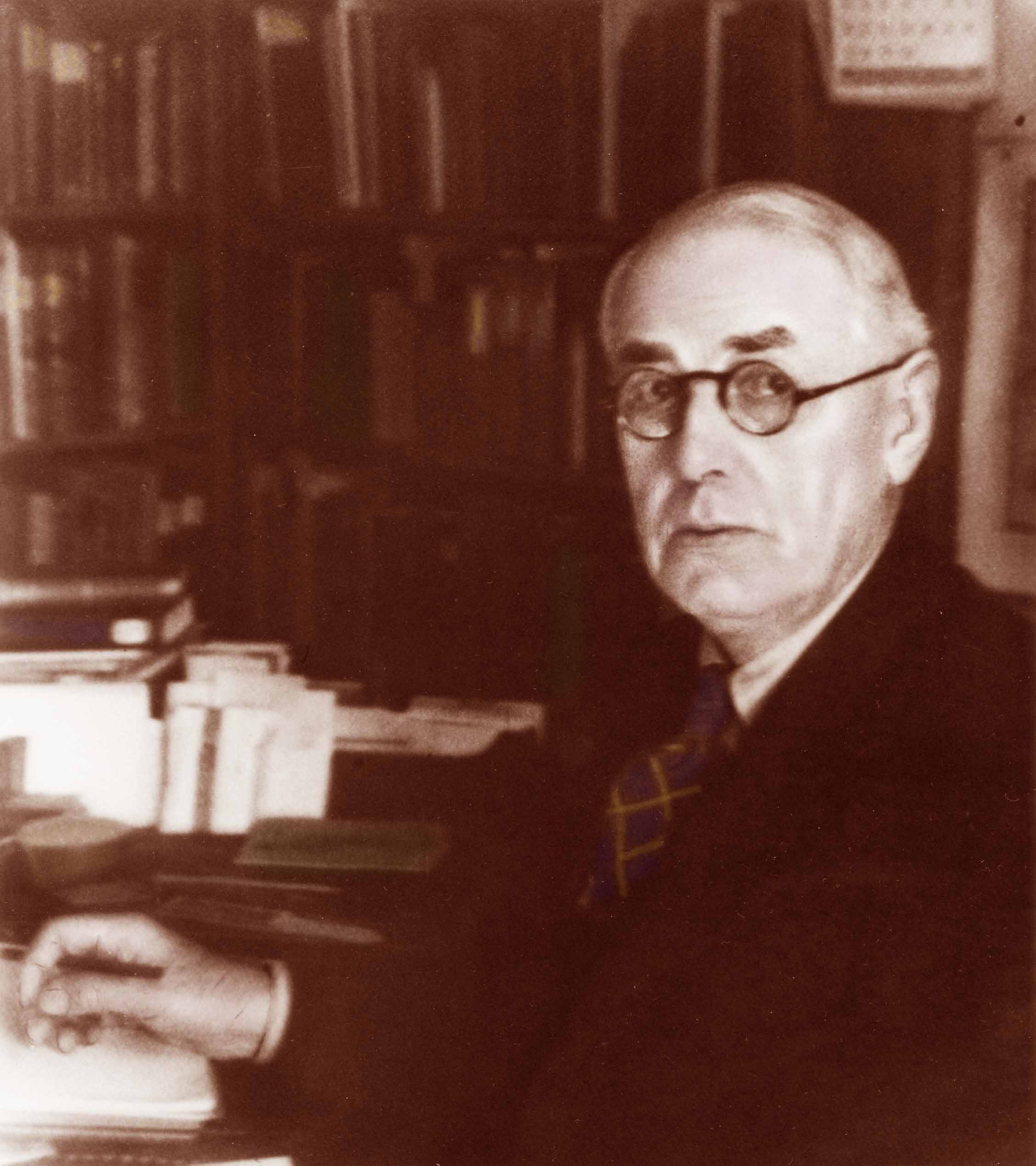
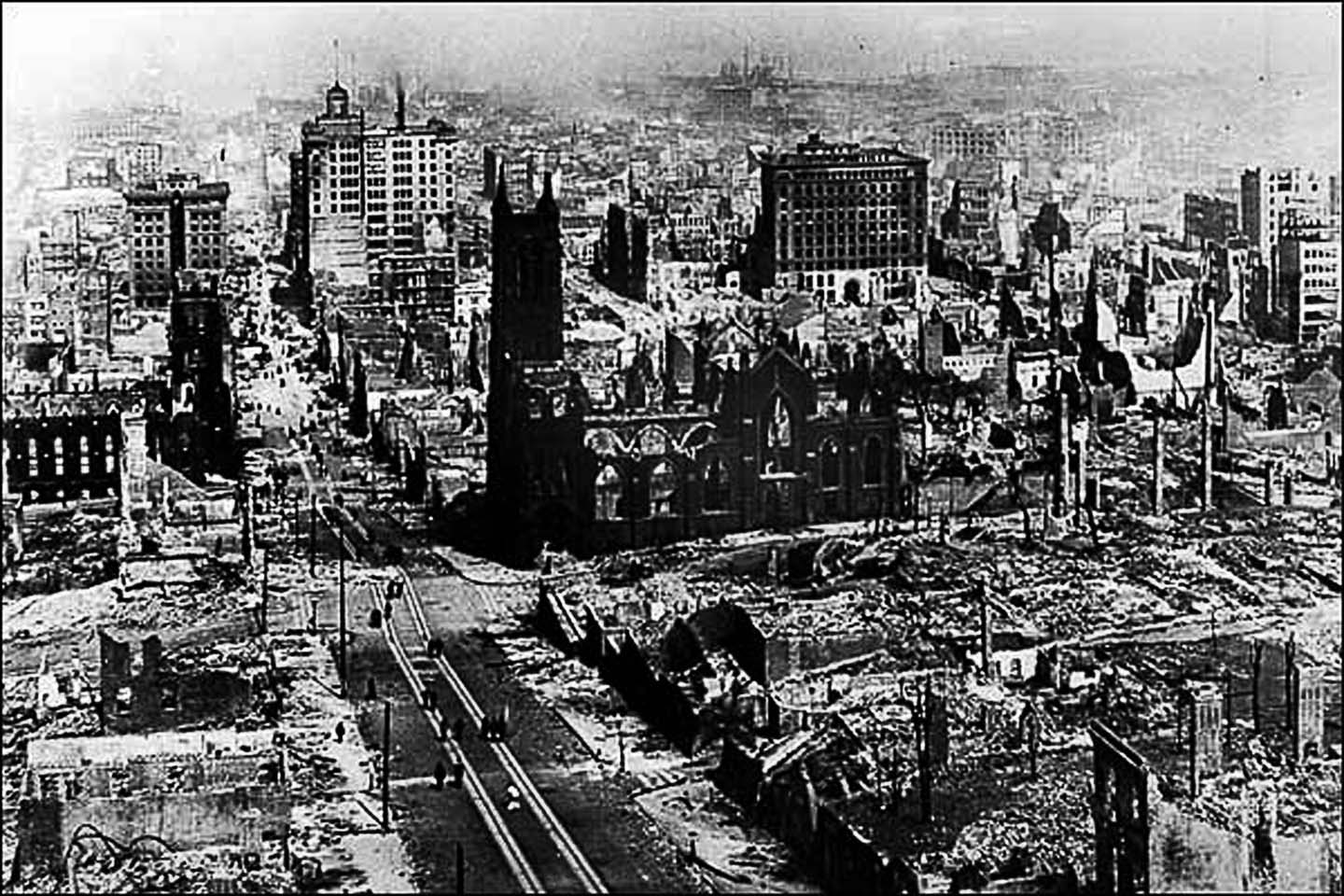
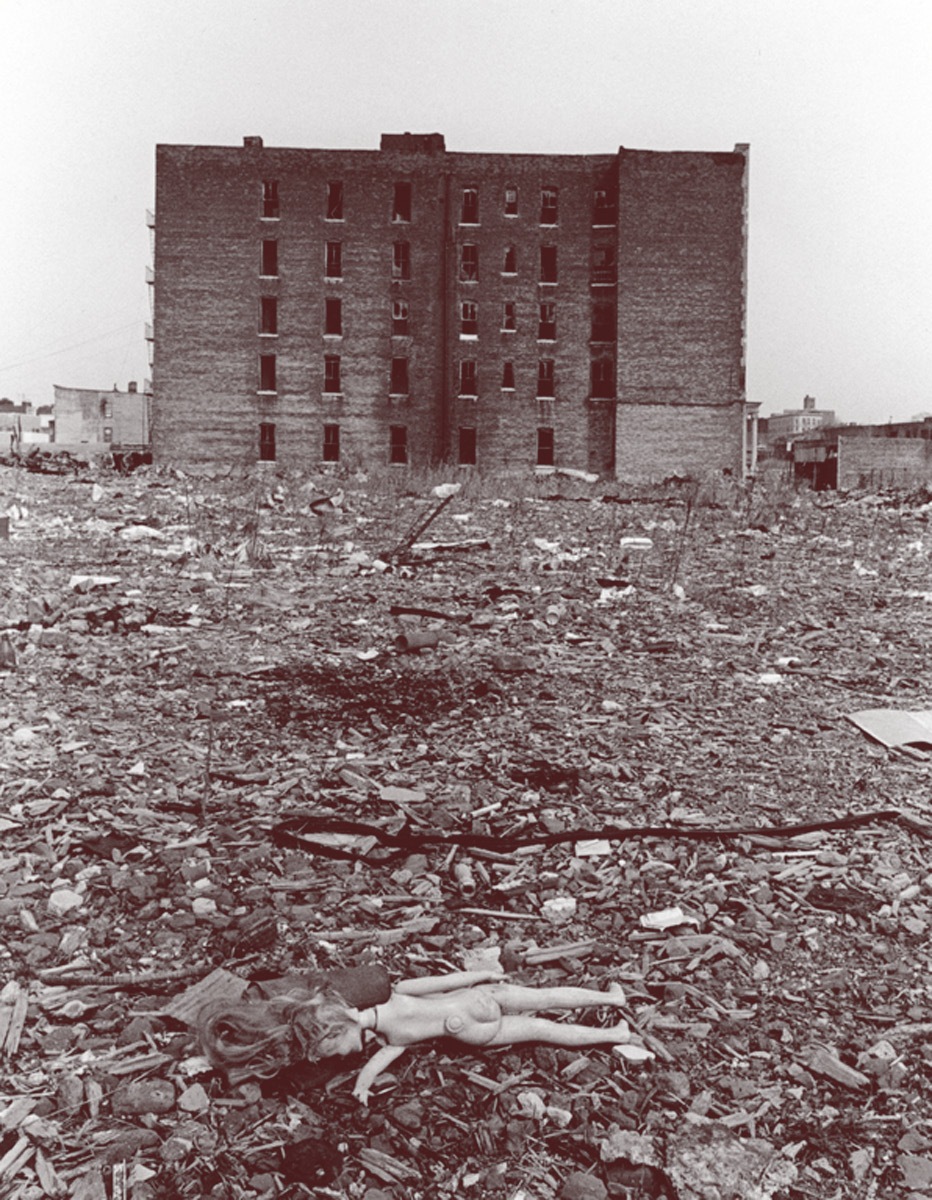
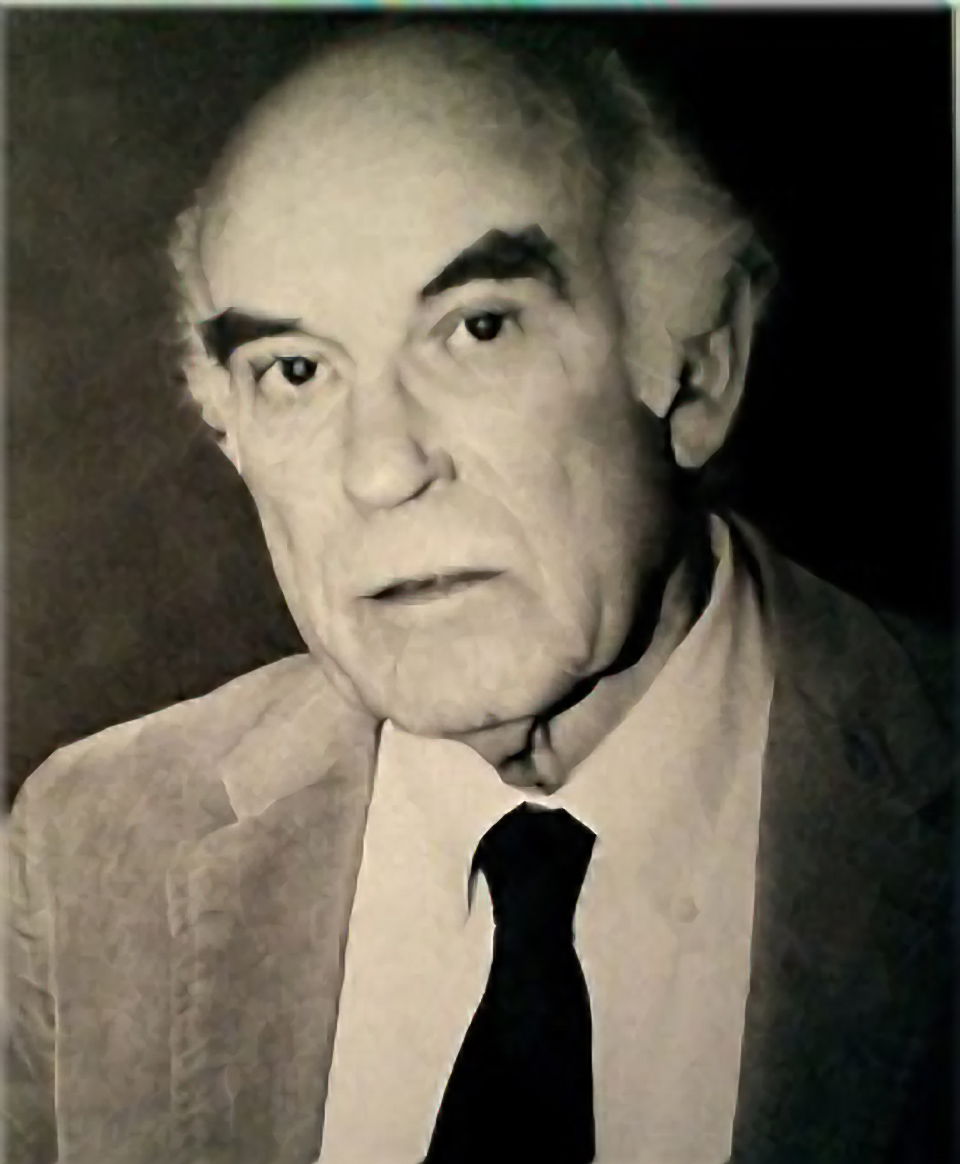
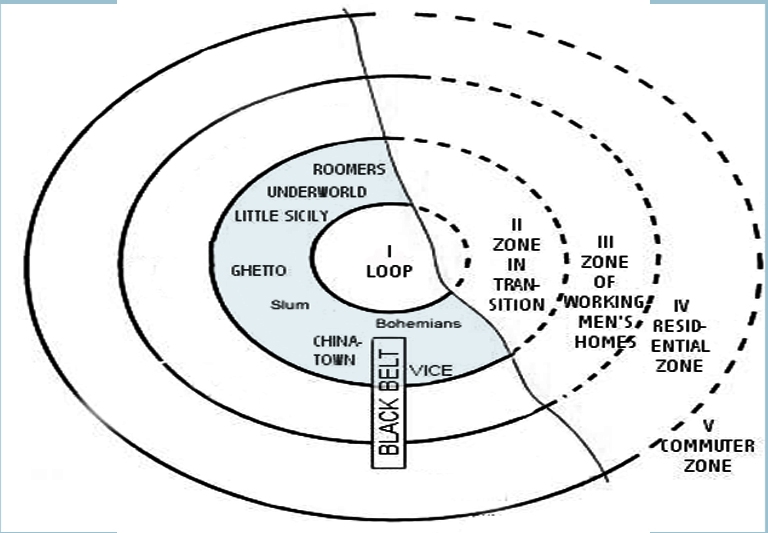


Leave a Reply